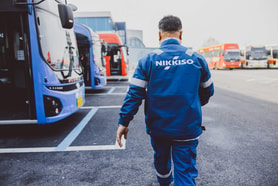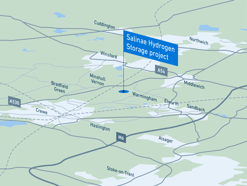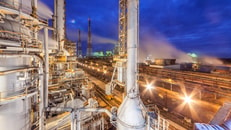AI tech could boost large-scale green ammonia production, study finds
The study, conducted at the University of New South Wales in Australia and published in the peer-reviewed journal Small, used a machine learning platform to sift through more than 8,000 potential metal combinations for use as catalysts. The AI model shortlisted 28 high-potential candidates, accelerating a process that typically takes years or even decades.
The most effective material was found to be a liquid-state, high-entropy metal alloy composed of iron, bismuth, nickel, tin, and zinc. This unusual mix forms a stable and highly active catalyst that functions at room temperature.
In lab tests, the catalyst achieved nearly 100% Faradaic efficiency – meaning virtually all the electrical energy was used productively – and boosted ammonia production rates sevenfold compared with previous green methods. The process runs at just 25°C, requiring less than 10% of the energy used in the traditional Haber-Bosch process, which operates at over 400°C and contributes around 2% of global greenhouse gas emissions.
... to continue reading you must be subscribed
























